Station Z
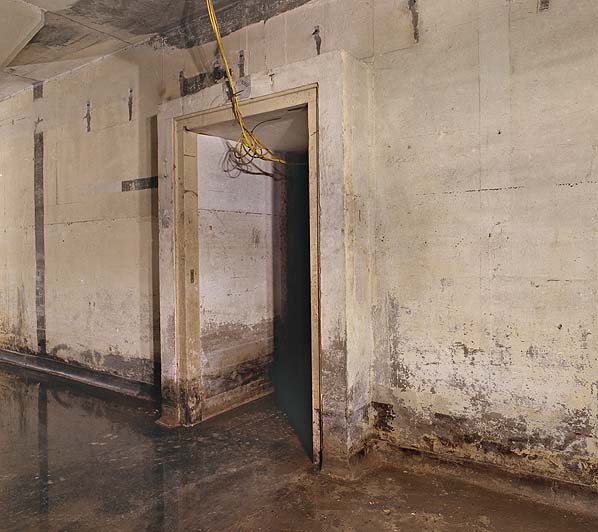 [Image: Station Z, photographed by Nick Catford of Subterranea Britannica].
[Image: Station Z, photographed by Nick Catford of Subterranea Britannica].In the event of complete governmental obliteration during WWII, England had a back-up plan: Station Z, "an alternative centre of government" located "in the western counties," consisting of "bombproof underground citadels."
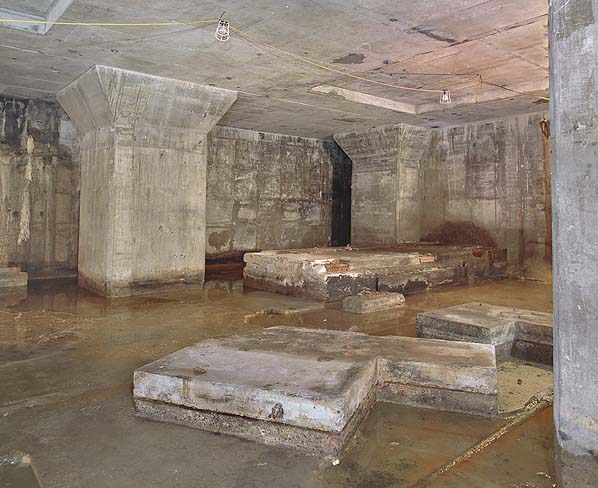 [Image: Station Z, photographed by Nick Catford of Subterranea Britannica].
[Image: Station Z, photographed by Nick Catford of Subterranea Britannica].Specifically, Station Z "consisted of a three storey above ground surface block with an inner court yard. Below this was a basement roofed over by 3½ feet of reinforced concrete and below it a sub-basement protected by another 6 feet of concrete (probably in two layers); with comparable protection at the sides, the sub-basement was considered to be entirely bombproof."
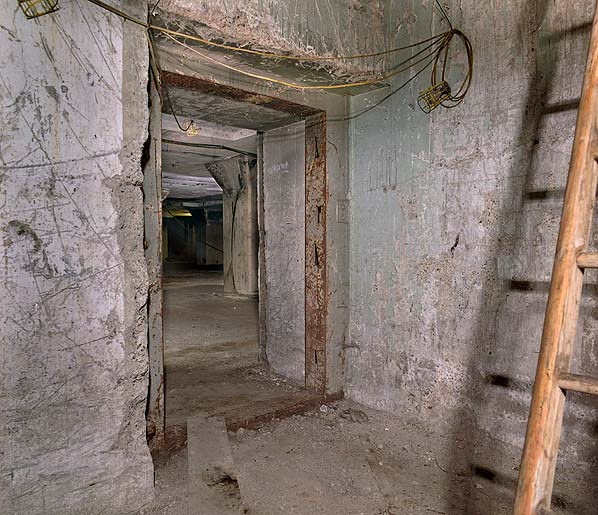
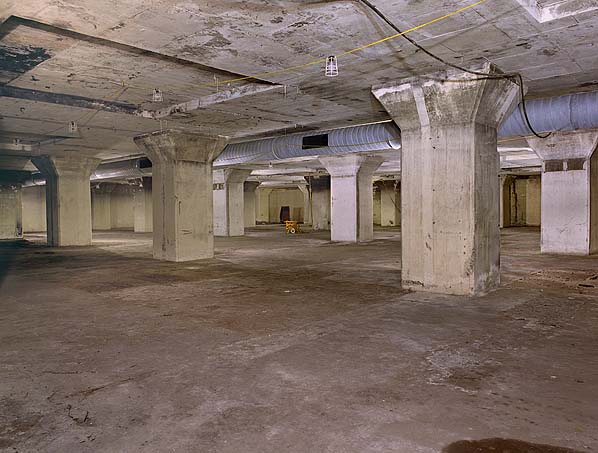
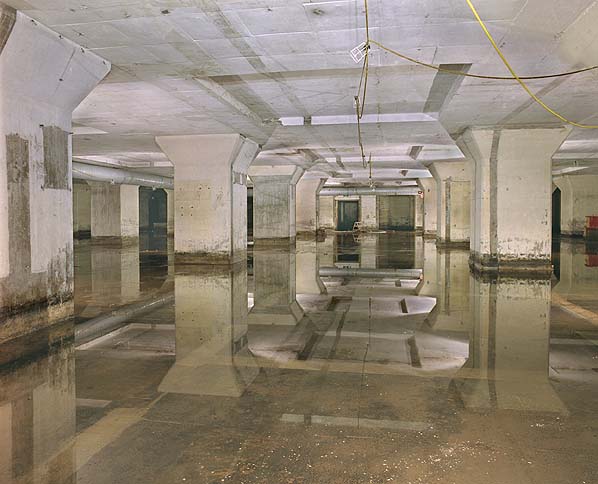 [Images: Station Z, photographed by Nick Catford of Subterranea Britannica].
[Images: Station Z, photographed by Nick Catford of Subterranea Britannica].Fascinatingly, now that Station Z is militarily unnecessary – after all, today's back-up British government appears to be the White House – the international photography firm Kodak has purchased the site. The above-ground buildings, however, were demolished in 1996, leaving these monolithic hollows in the darkness below:
- Access to the bunker was maintained via one of the emergency exits but the bunker was allowed to flood. Until recently, the sub-basement was flooded to a depth of several feet but the water has now been pumped out with only a little standing water remaining. The pumps are still in place to ensure that the flooding does not reoccur and new ventilation trunking has been installed to ensure a supply of fresh air throughout the bunker.





Comments are moderated.
If it's not spam, it will appear here shortly!
Post a Comment